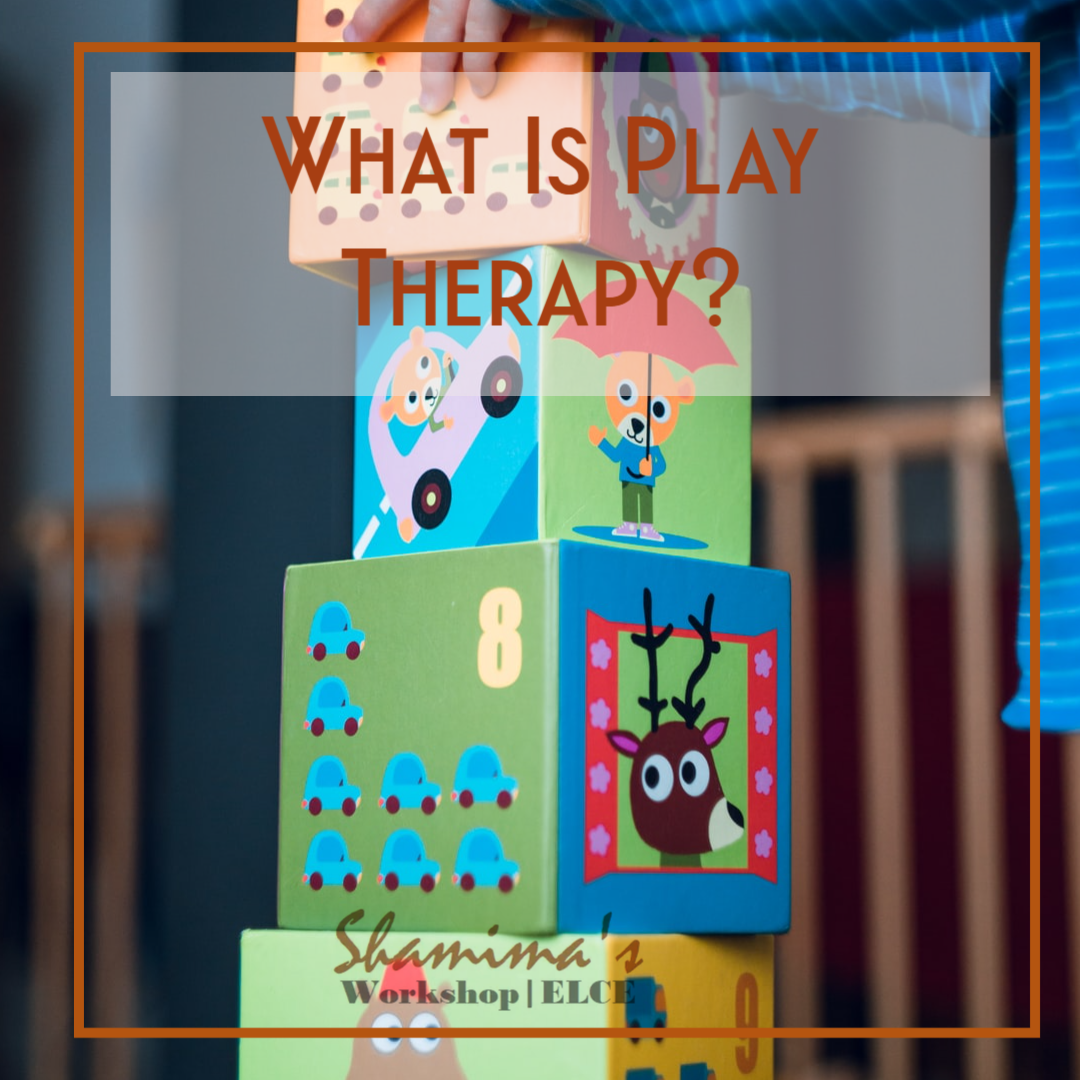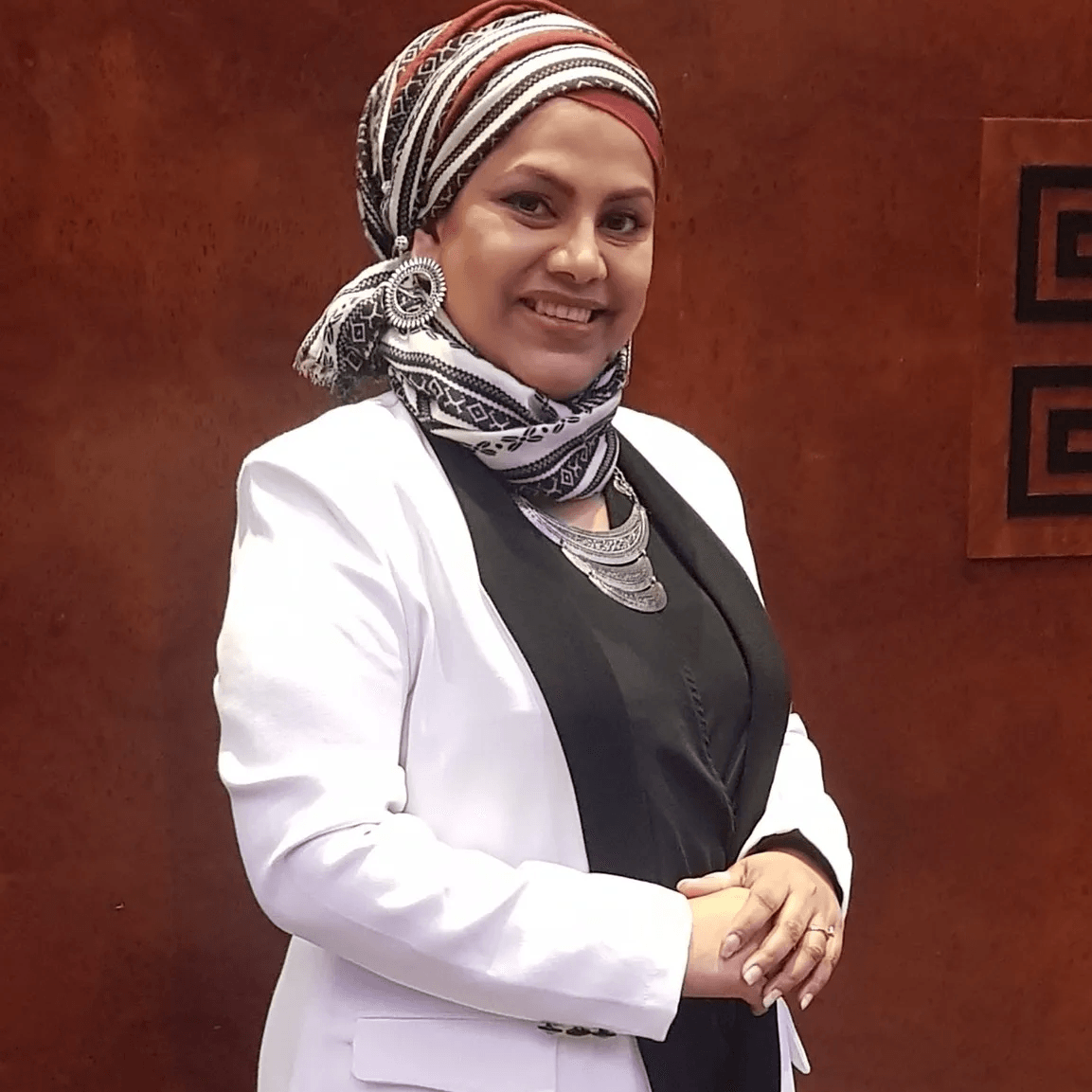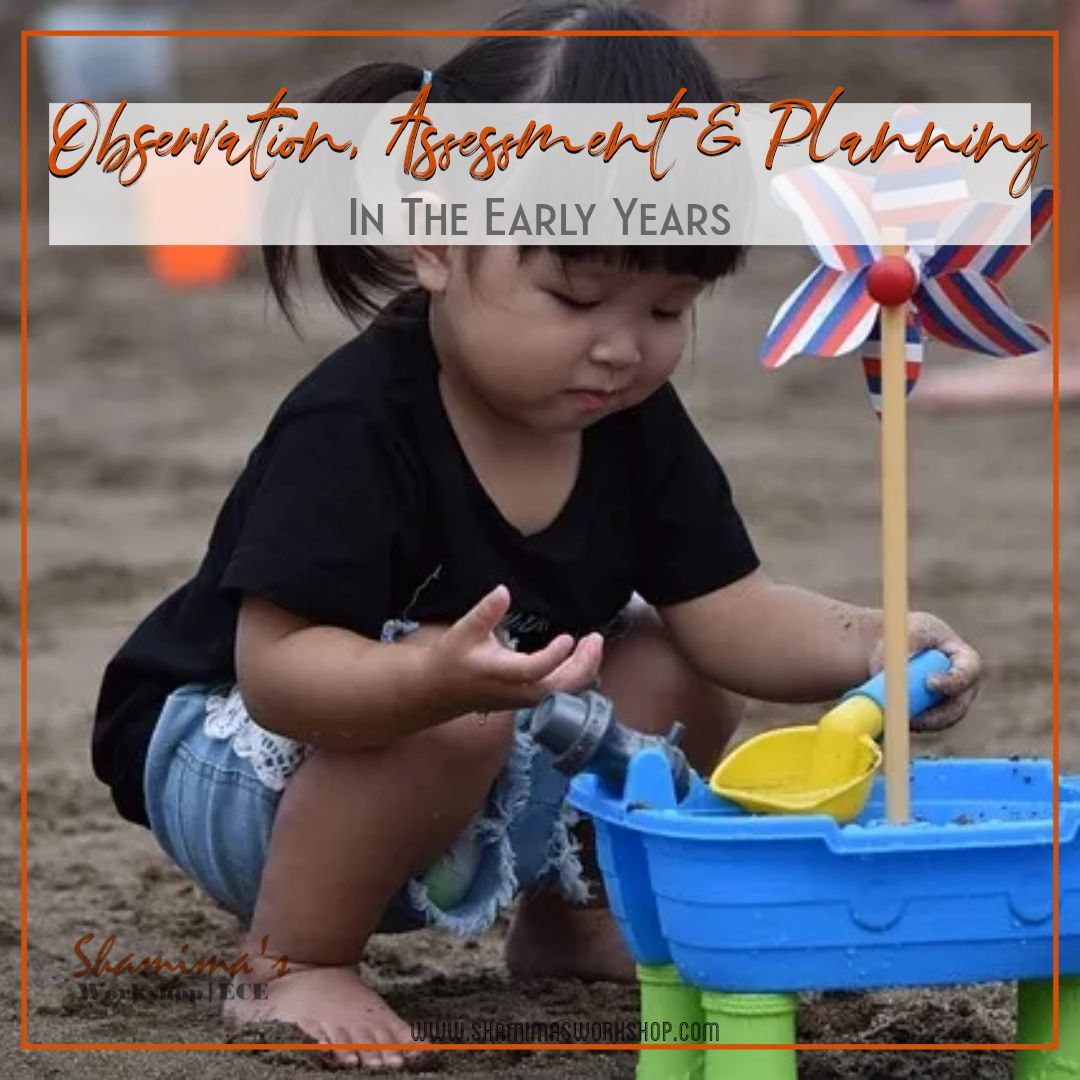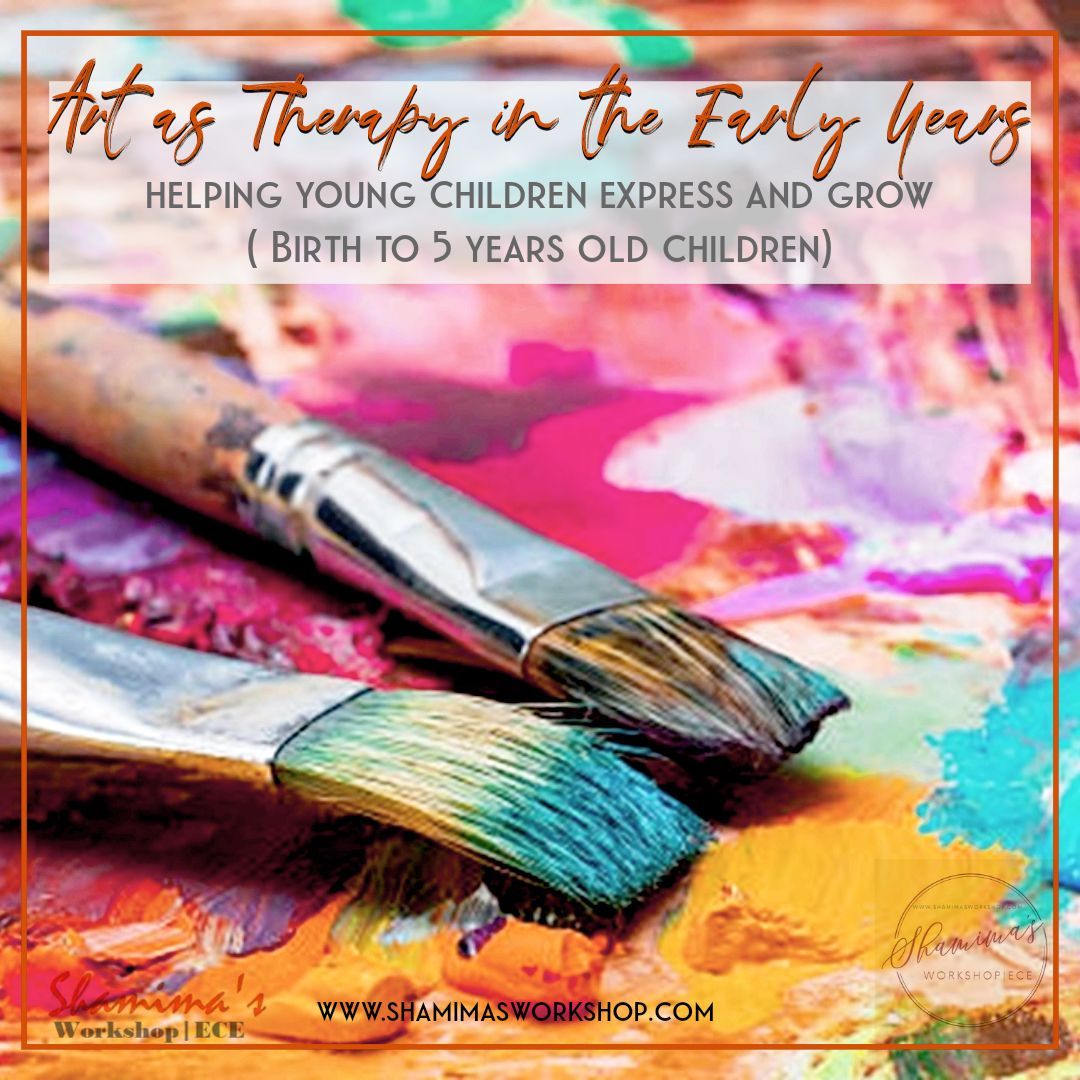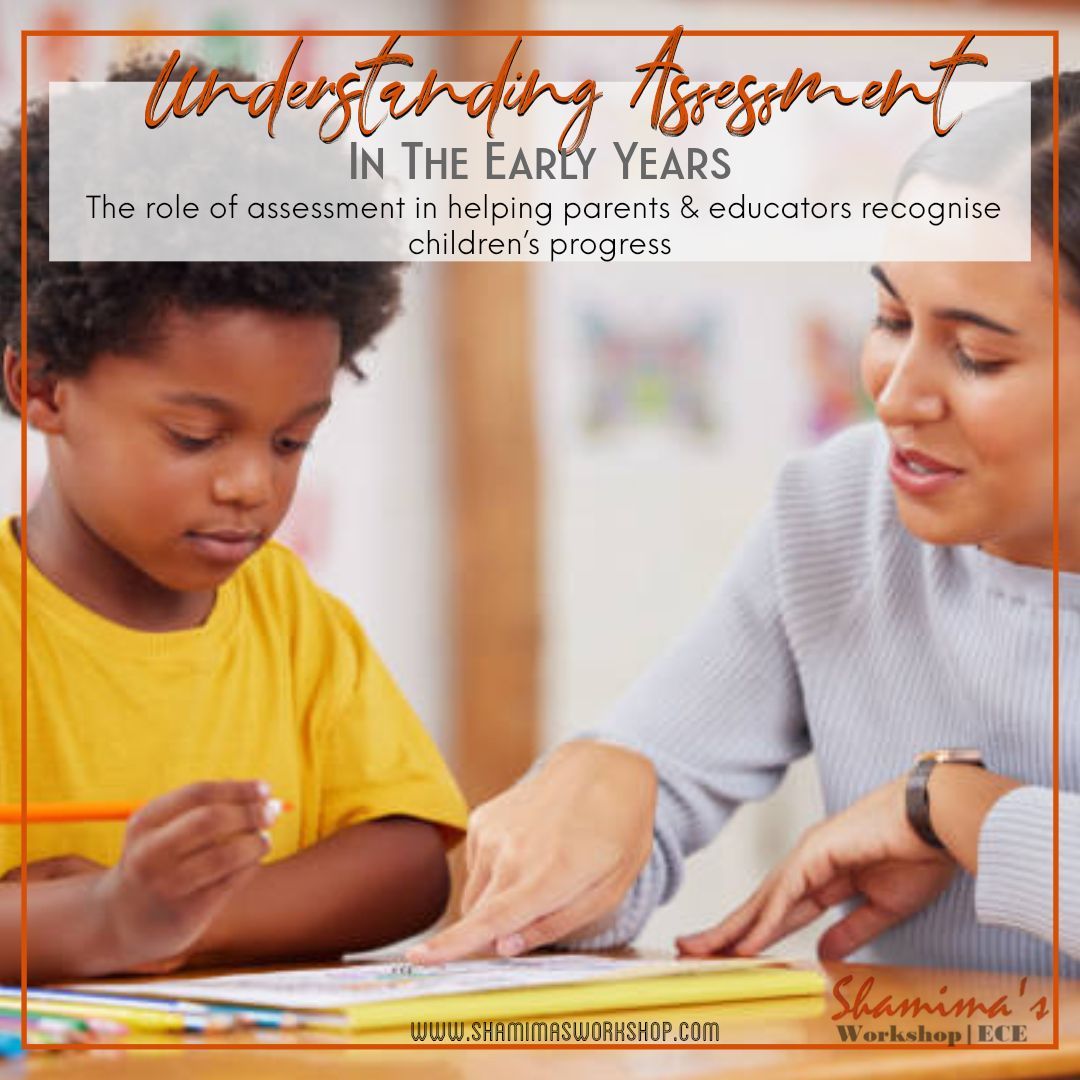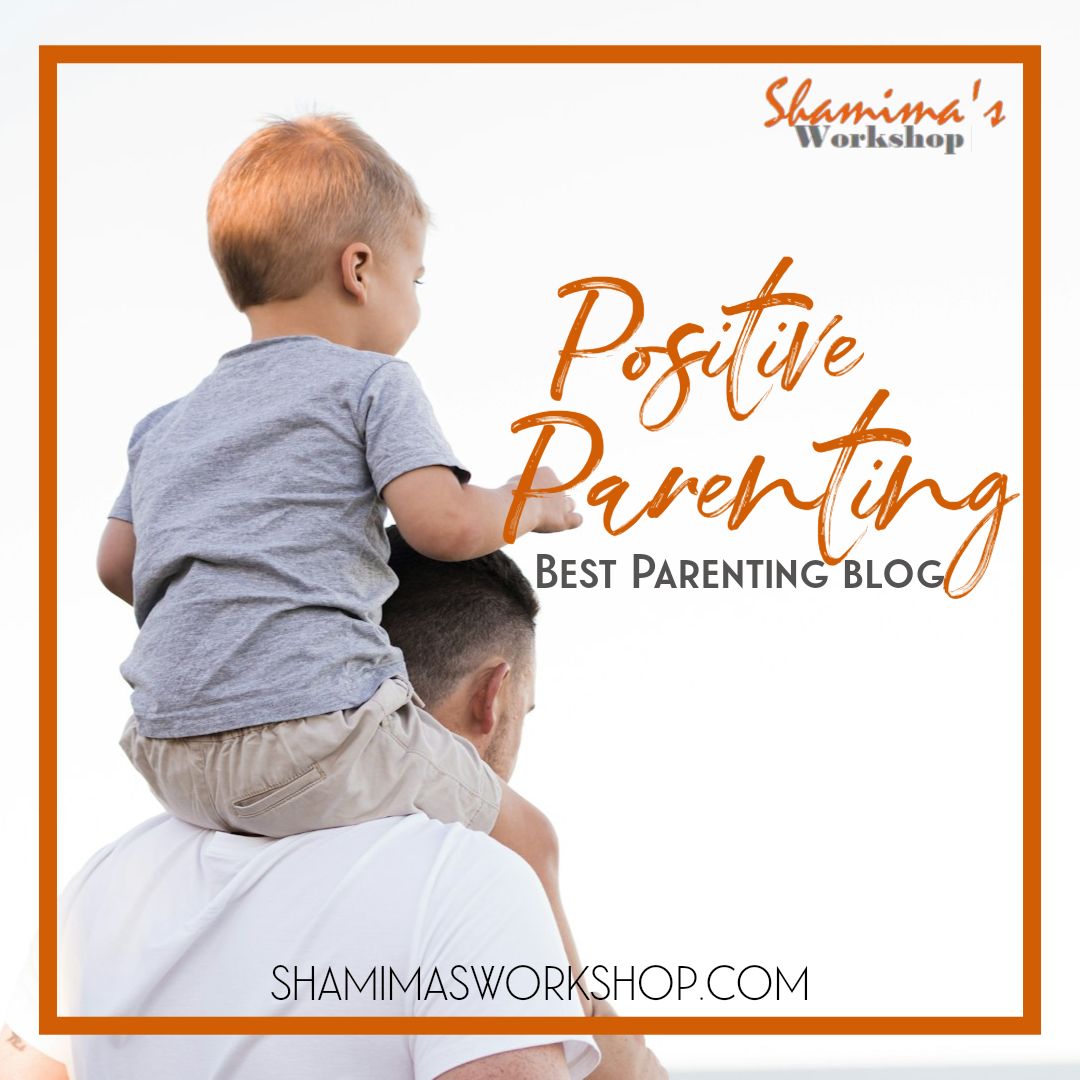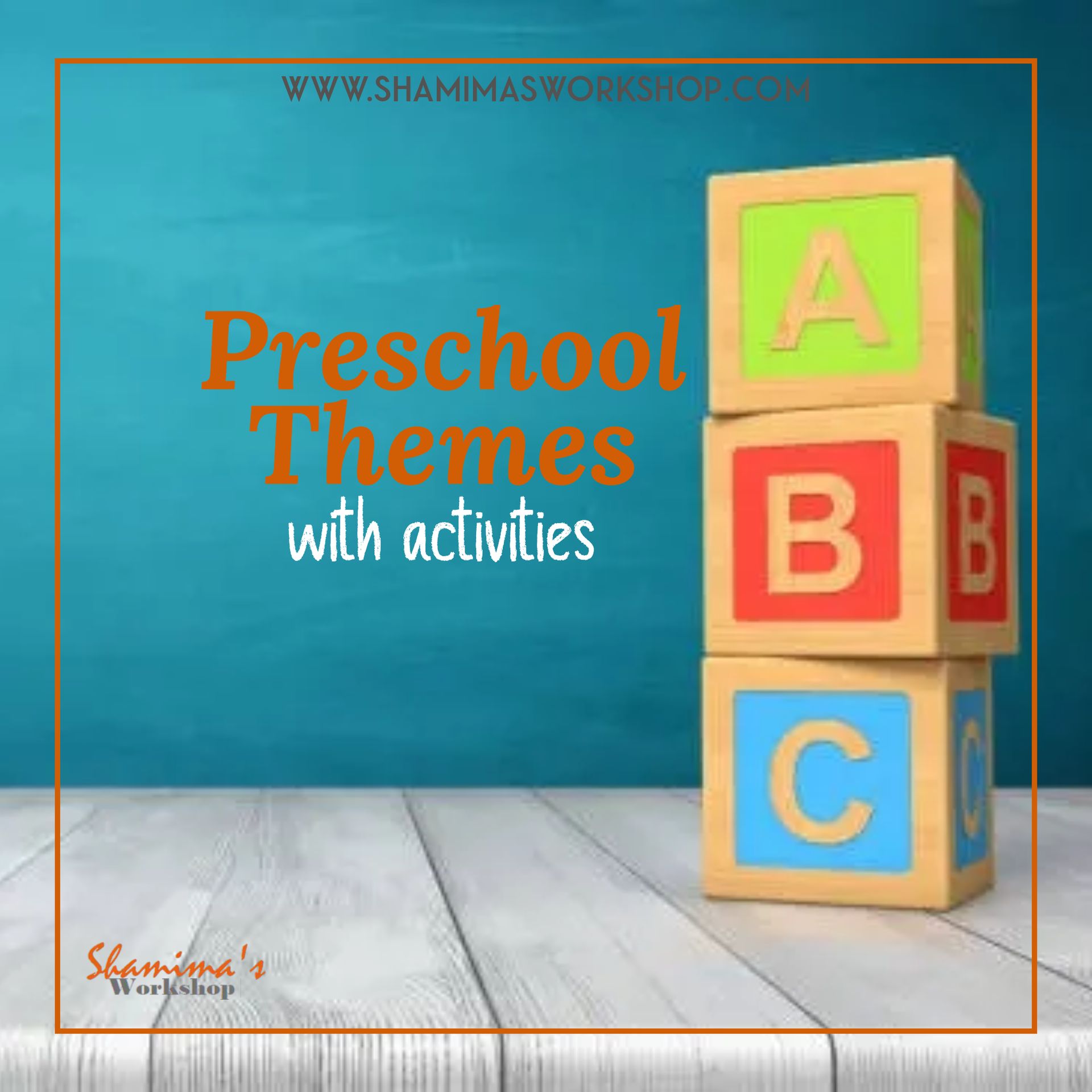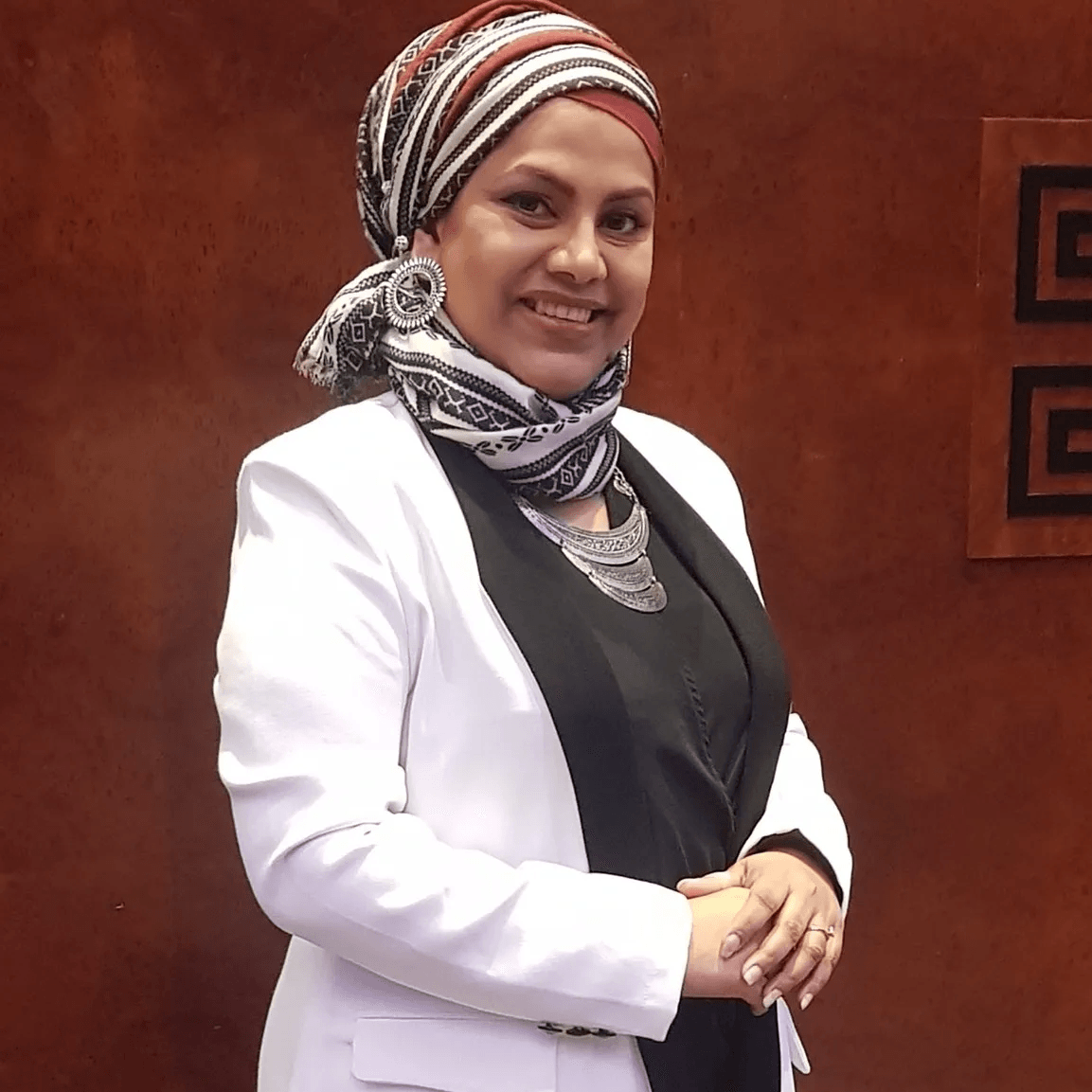What is Play Therapy?
What can we do when a child struggles with putting their thoughts and feelings into words or is entirely non-verbal? What can we do when a child has a hard time managing their reactions and resorts to violence and other hostile behaviors?
Play therapy is a type of child psychotherapy in which the therapist uses the child's imaginations and the symbolic meanings of his or her play as a media for understanding and communication. The primary goal is to reduce behavioural and emotional problems that interfere with a child's ability to function normally. Children are given toys with, to understanding better their emotional or mental health issues. Play therapy can help children who have depression or anxiety because they are having trouble dealing with life issues like divorce or the death of a loved one.
Play therapy is a type of treatment aimed mostly towards children. In this therapy, a therapist assists a child to explore life experiences that may have an impact on present circumstances, mostly via play but also though language.
When children are experiencing personal issues they will often act out or engage in inappropriate behavior. Parents may be eager to help but may find it difficult or impossible to offer effective aid if a child is unable or unwilling to discuss the problem. Play therapy is thought to be one of the most beneficial means of helping children who are experiencing emotional or behavioral challenges. Though the approach may benefit people of all ages, it is specially designed to treat children under 12.
Is Play Therapy Effective?
Results of the analytical review demonstrate that:
- Play therapy can significantly affect children's behavior, social and emotional health, and general personality.
- Parental involvement during the course of treatment can enhance therapeutic results.
- The number of play therapy sessions may be greater than conventional treatment sessions to get the desired results.
Benefits of play therapy
According to the professional organization play therapy international up to 71 percent of children referred to play therapy may experience positive change. Recently, many mental health professionals and childcare providers have begun utilizing play therapy to help children who have a hard time expressing their thoughts and emotions do so in a way in which they can understand.
It can help children’s communicate, explore repressed thoughts and emotions, address unresolved trauma, and experience personal growth and is widely viewed as an important, effective and developmentally appropriate mental health treatment. Play therapy also may benefit the child in a variety of ways such as encouraging creativity, encouraging the development of positive decision-making skills, introducing new ways of thinking and behaving, learning problem-solving skills and developing better social skills.
Play therapy can also encourage use of language or improve fine and gross motor skills. If a child has diagnosed mental or physical illness, play therapy doesn’t replace medications or any other necessary treatments. Play therapy can be used alone or alongside other therapies.
Regardless of gender, age, or color, play therapy has been shown to be effective for many people. Parents and other adults can benefit from knowing about their child's ideas and emotions since play therapy helps them to express themselves in a fresh way. And this can help the parent and the children form a stronger relationship.
How does play therapy work?
While it may look like an ordinary playtime, play therapy can be much more than that. Sessions typically last 30 minutes to an hour and are held once a week or so. How many sessions are needed depends on the child and how well they respond to this type of therapy. Therapy can take place individually or in groups. In therapy children are generally allowed to play as they wish. As treatment progresses, the therapist may begin to introduce specific items or play activities which are related to the issues the child is facing.
During treatment, the therapist creates a comfortable, safe environment in which the child is allowed to play with as few limits as possible. This counselling space is often referred to as a playroom, and it comes equipped with a selection of specifically chosen toys that are meant to encourage the child to express his or her feelings and develop healthier behaviors.
Toys used in therapy may include a sandbox with associated miniature figurines, art materials, Legos or other construction toys, costumes or other clothing, stuffed animals, dolls, a dollhouse with miniature furniture, puppets, indoor sports equipment, and other indoor games.
Play therapy techniques:
Here are six techniques used in play therapy:
Art:
specific art materials like crayons, paper, markers, and paint can be used to help clients express themselves
Reading:
books may help clients relate and bring normalcy to difficult situations
Playing with dolls:
figurines, dolls, puppets, and action figures can assist clients in the play therapy process
Journaling:
this activity can help clients express their thoughts
Nature play:
sand trays and water can help clients express themselves
Toy play:
toys in general can be used to help clients process their thoughts, feelings, and concerns
Examples of play therapy
The therapist might offer the child a dollhouse and some dolls, asking them to act out some problems they have at home. Or they might encourage the child to use hand puppets to recreate something they found stressful or frightening.
They might ask your child to tell a “once upon a time” story to see what the child might bring to light. Or they might read stories that solve a problem similar to your child’s.
It could be as simple as asking questions while your child is drawing or painting to try to gain insights into their thought process or play various games with the child to encourage problem-solving, cooperation, and social skills.
Things to Consider When Choosing a Play Therapist
When selecting a play therapist, keep the following six factors in mind:
- Is the therapist an APT-certified play therapist?
- What background does the therapist have with the issues worried about (such as anxiety, trauma, or depression)?
- The therapist takes on new patients, right?
- Is insurance accepted by the therapist? Is there a sliding scale of fees if not?
- Are the therapist's days of availability convenient?
- What kind of therapy are used in play therapy with patients?
Play therapy is a type of child psychotherapy in which the therapist uses the child's imaginations and the symbolic meanings of his or her play as a media for understanding and communication.
